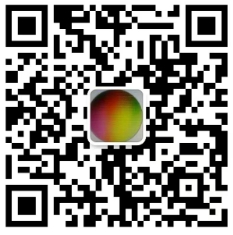The development of applications utilizing DIACs (Diodes for Alternating Current) and SIDACs (Silicon Diodes for Alternating Current) is pivotal in various electronic systems, particularly for components like the CFR-50JB-52-1R8. This overview highlights the key technologies involved and notable success stories that illustrate the impact of these devices in real-world applications.
| 1. Silicon Technology | |
| 2. Thyristor Technology | |
| 3. Integrated Circuit Design | |
| 4. Power Electronics | |
| 5. Thermal Management | |
| 6. Simulation and Modeling | |
| 1. Lighting Control Systems | |
| 2. Motor Speed Control | |
| 3. Overvoltage Protection | |
| 4. Consumer Electronics | |
| 5. Renewable Energy Systems | |
| 6. Automotive Applications |
The application development of DIACs and SIDACs, particularly in components like the CFR-50JB-52-1R8, underscores the significance of these technologies in contemporary electronics. Their versatility in managing AC signals, combined with advancements in silicon technology and power electronics, has led to numerous successful implementations across diverse industries. As technology continues to advance, the potential for new applications and enhancements in existing systems remains substantial, promising further innovations in the field of electronic design and application.
The development of applications utilizing DIACs (Diodes for Alternating Current) and SIDACs (Silicon Diodes for Alternating Current) is pivotal in various electronic systems, particularly for components like the CFR-50JB-52-1R8. This overview highlights the key technologies involved and notable success stories that illustrate the impact of these devices in real-world applications.
| 1. Silicon Technology | |
| 2. Thyristor Technology | |
| 3. Integrated Circuit Design | |
| 4. Power Electronics | |
| 5. Thermal Management | |
| 6. Simulation and Modeling | |
| 1. Lighting Control Systems | |
| 2. Motor Speed Control | |
| 3. Overvoltage Protection | |
| 4. Consumer Electronics | |
| 5. Renewable Energy Systems | |
| 6. Automotive Applications |
The application development of DIACs and SIDACs, particularly in components like the CFR-50JB-52-1R8, underscores the significance of these technologies in contemporary electronics. Their versatility in managing AC signals, combined with advancements in silicon technology and power electronics, has led to numerous successful implementations across diverse industries. As technology continues to advance, the potential for new applications and enhancements in existing systems remains substantial, promising further innovations in the field of electronic design and application.










